You must be logged in to rate content!
4 minute(s) of a 484 minute read
1-12-2017
While I am waiting for the piston manufacturers to come back from their annual end of year holidays, I have kept myself entertained assembling the valves back into the cylinder head. I find assembly work while challenging most satisfying.The following photographs show the head with the valves & cams in place on my work bench, The next photo is looking directly into the combustion chamber, next is looking into the inlet port with the valve partway open and then an inlet cam showing the cam follower. I still have to install the "bucket" shims that govern the amount of tappet clearance. the next showing the cam follower. These are a Rapier Register replacement part and are slightly more robust that the originals. Machined all over and made of a top quality steel, their elegant design and finish, as with everything about the engine, makes it all worth while. Finally an Antique Cigarette tin containing a collection of bucket shims.There also some of the small round shims that can be used to acheive the correct clearance. These sit between the cam lobe and the end of the valve stem, changing the thickness of the shim governs the tappet clearance.
I never get bored working on this beautifully made little engine. Looking at the first photograph again you will note the vernier adjustment on the drive end of the camshafts, this gives incredibly fine adjustment of the valve timing.
If you look very closely at the first photograph you will be able to see, nearest the camera, my "timing marks" two centre punch "dots" one on the front of the cam bearing housing the other almost directly below on the camshaft. Cams are driven by three chains, one from the "half time" gear to a triple sprocket on the front of the head then two seperate chains one to each cam. The generator, water pump and distributor are all gear driven from the side of the timing gears, the Oil pump is driven from the front of the triple sprocket. This way the chains are kept as short as possible. They kept at an even tension by three "Weller blade (spring) tensioners, one to each chain. The four hex (bolt) heads that you can see along the outside of the "valley" locate the pivot ends of the cam followers. These screw out to permit the cam follower to slide side ways away from the end of the valve stem. This permits the bucket (shim) to be removed and exchanged to give the requried tappet clearance. Once set this should not need any further adjustment until the next "top" overhaul. Even after almost 50 years of playing with these delightful engines I am still full of admiration for Tim Ashcroft, the man who designed them in 1933. He really did tick all the boxes!
That even after 80 years they can be and regularly are taken to 6,000 rpm is almost beyond belief.
The Directors of the Lagonda Company thought that 12 months and with the assistance of just one draughtsman was sufficient time to do the job. I know that I have said this before but it is worth repeating. His design brief was simple. We want the "Best Light Car in the World".
Bj
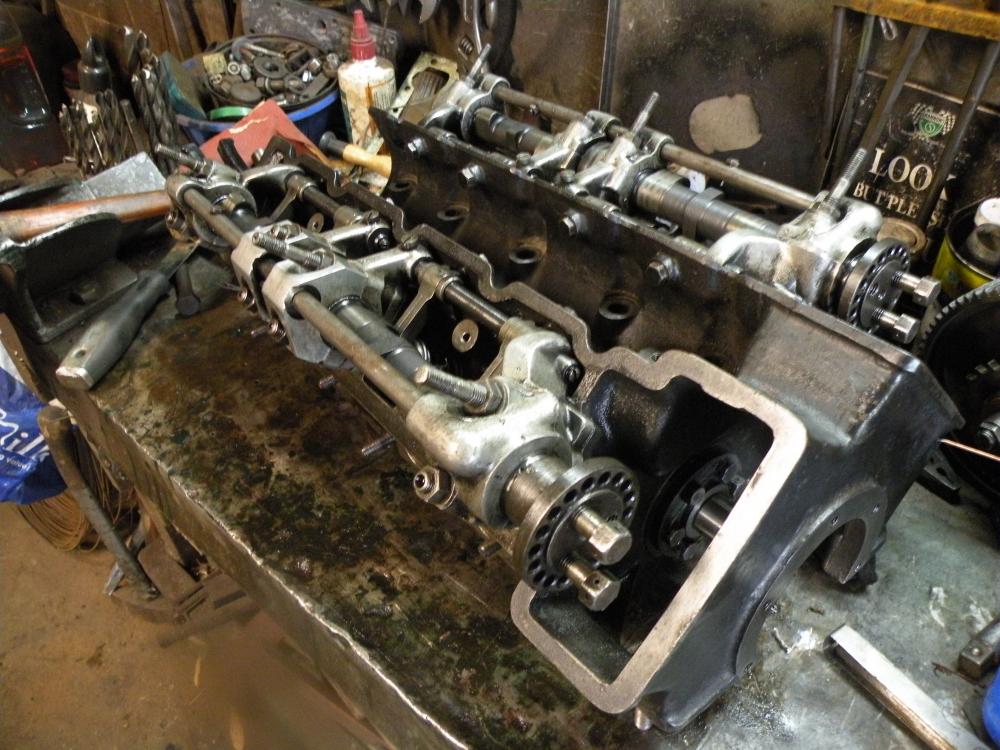
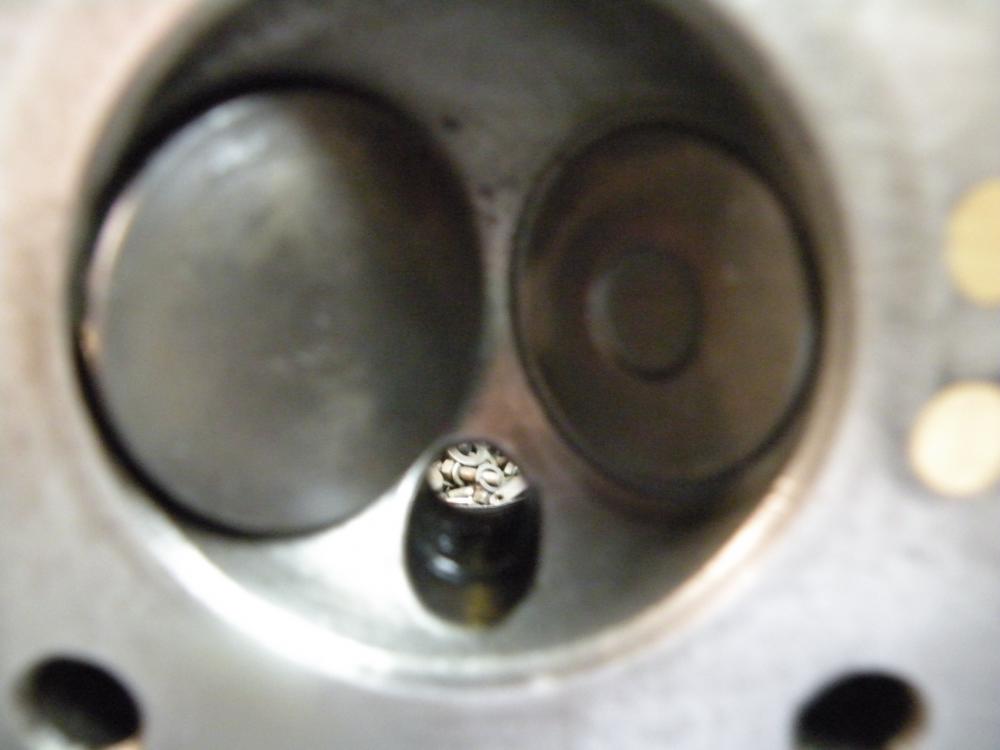
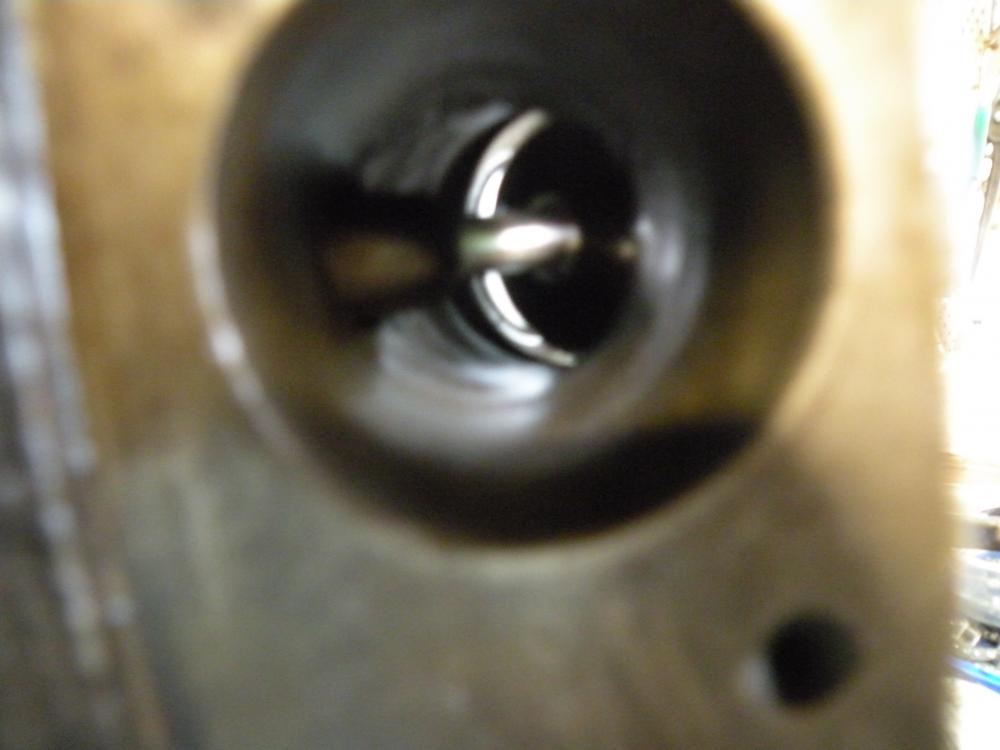
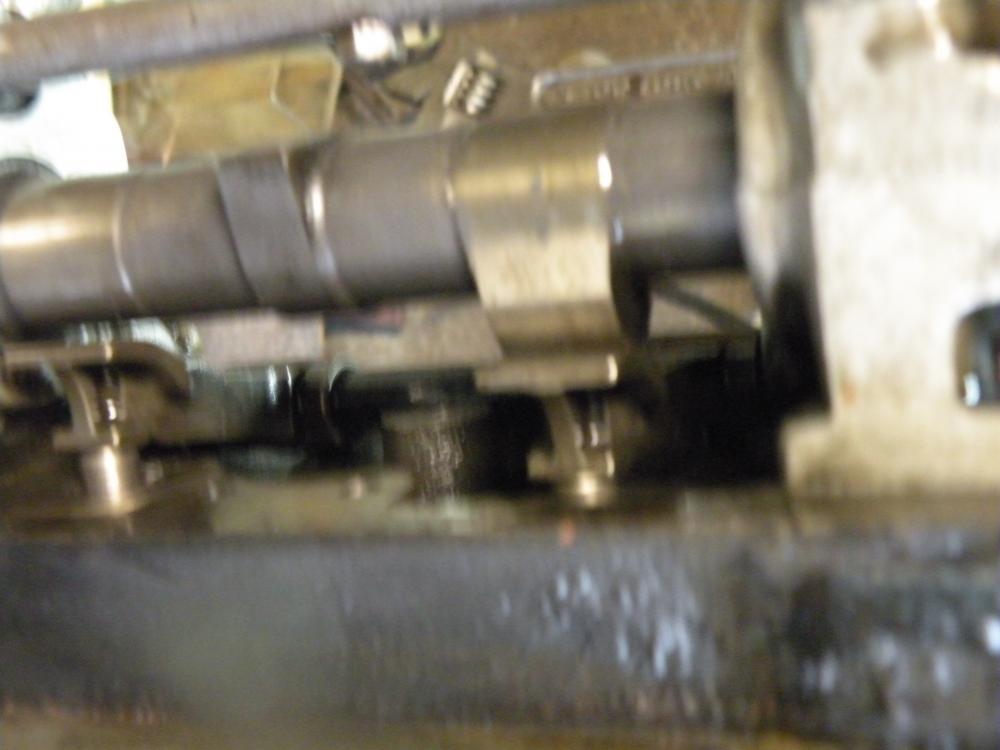
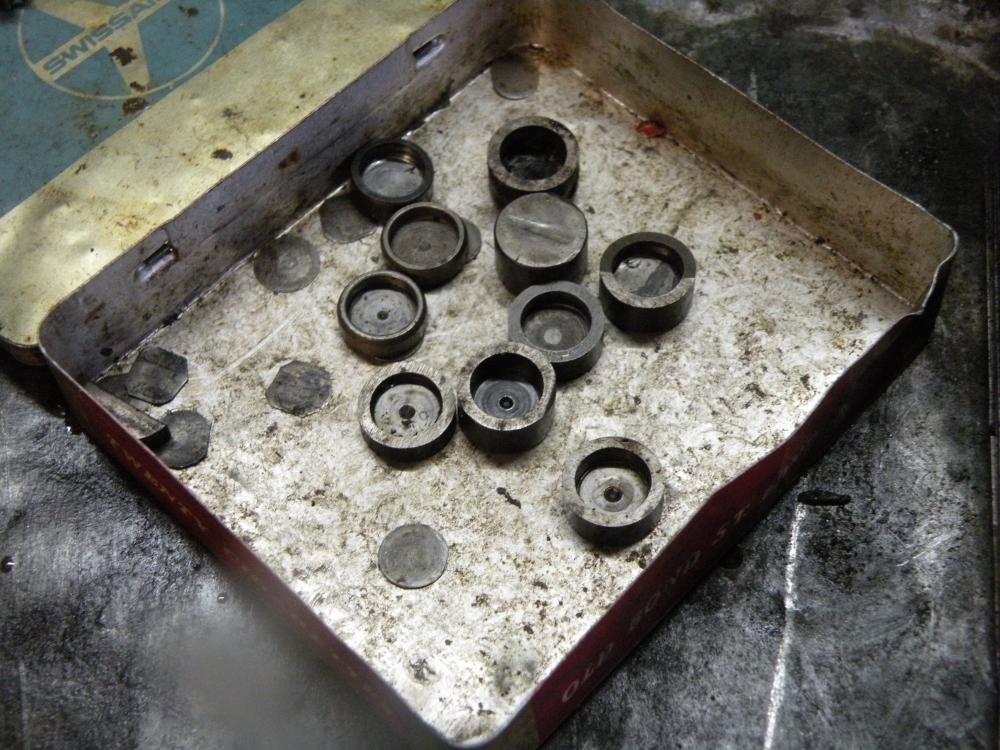
Great detail!
Posted by Diggymart on 6/20/19 @ 2:41:04 PM